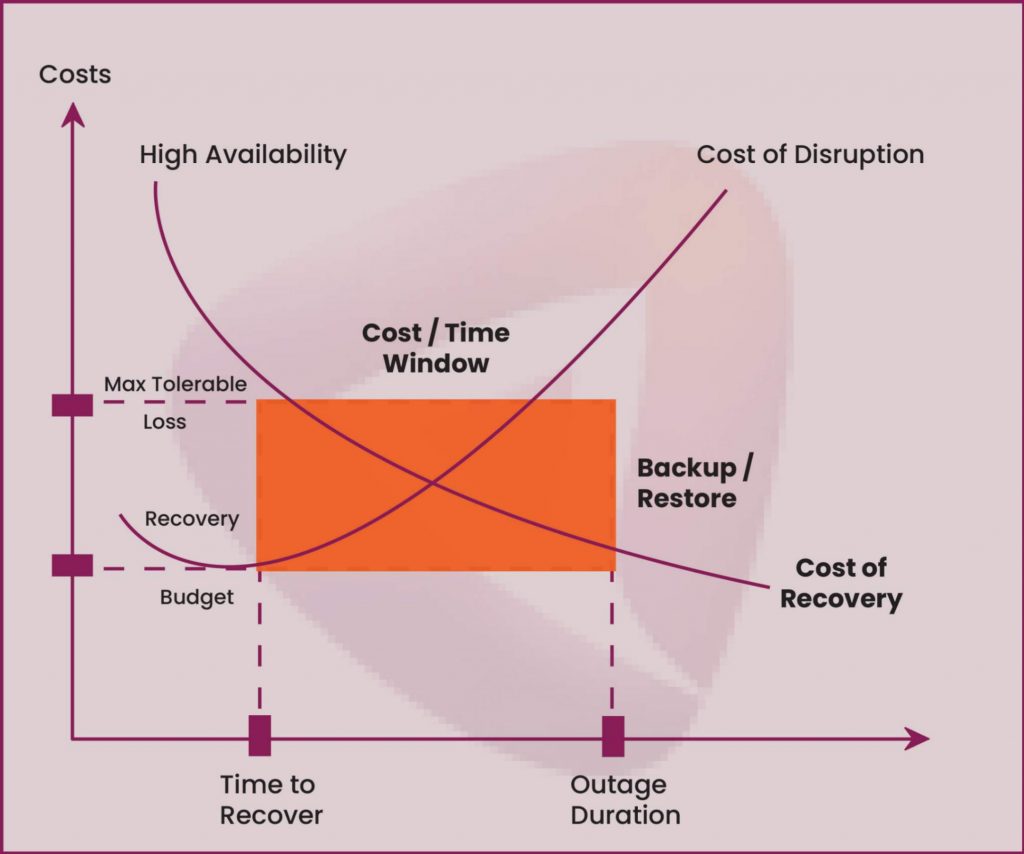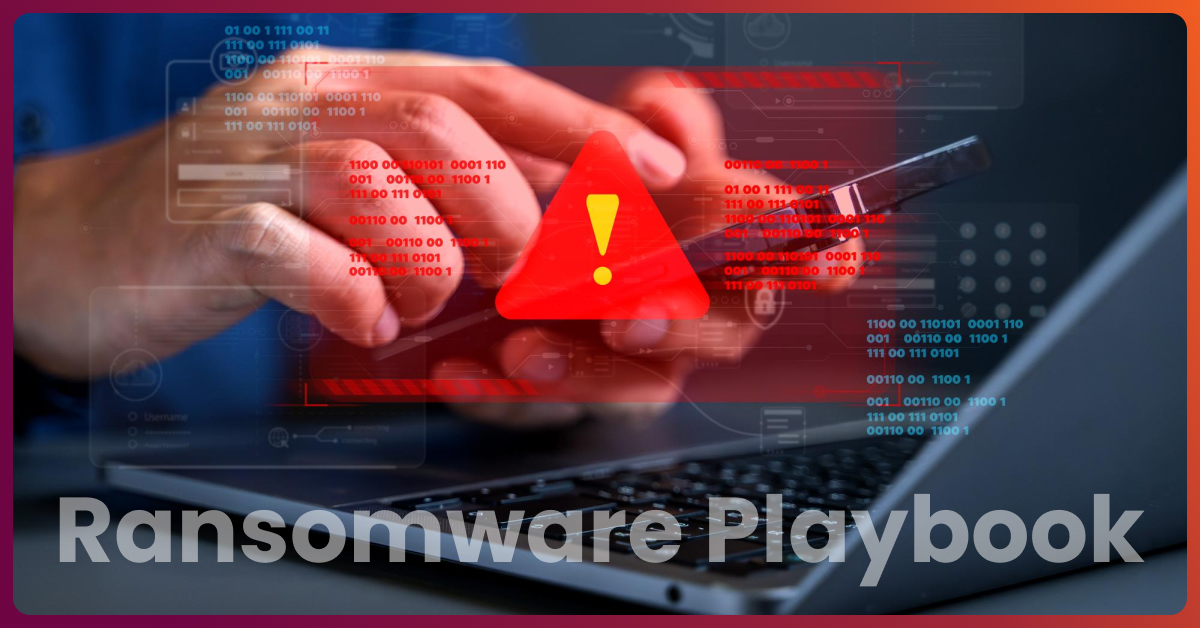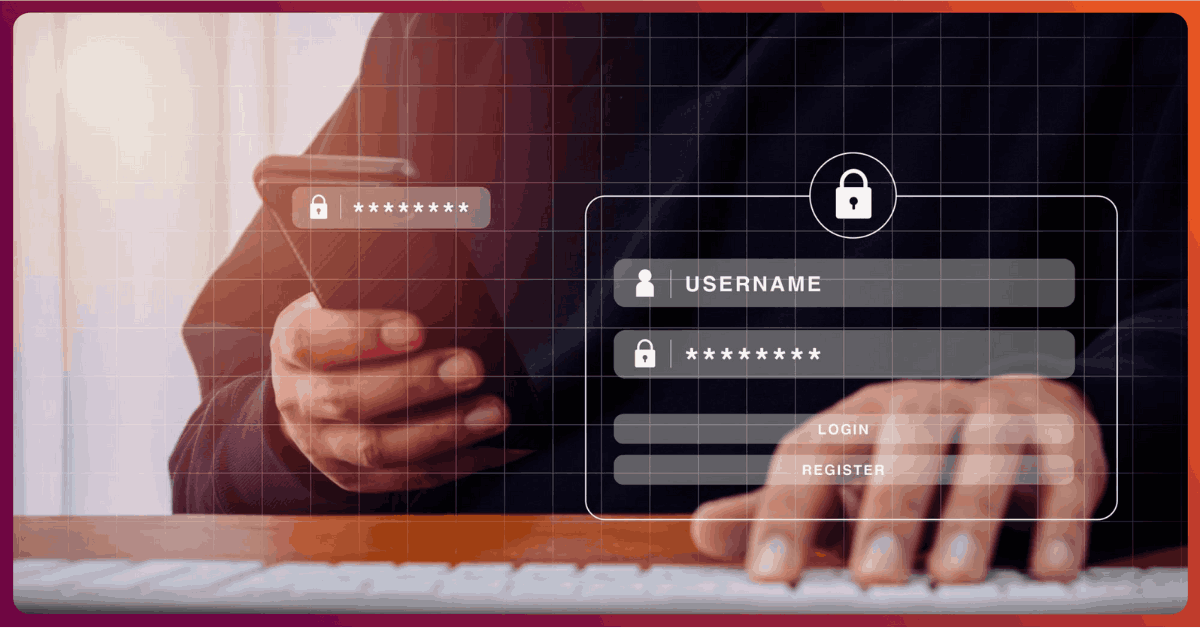It’s Not How Hard You Fall That Matters, It is How Rapidly You Can Recover

Beyond echoing a mere life lesson, we believe the title of this blog post aptly summarizes the criticality of rapid data recovery. The adage may also be seen as a clarion call to all CIOs to amplify enterprise data resiliency in the wake of ransomware attacks on some of the world’s largest corporations and even governments. The widely held misconception that cloud sync solutions (like OneDrive and Google Drive) are alone enough to satisfy enterprise data security needs – is still pervasive despite so many instances of data losses that occur every day despite these tools.
Simply put, being resilient is important to ensure a data outage doesn’t trigger an enterprise’s doom. Data Resiliency is much more than backup. It means moving things a couple of notches higher than merely adopting conventional backup software.
Why should you be resilient?
Defending against attacks such as ransomware requires a multi-layered strategy. Unfortunately, ransomware has proved that it can get around some of the best security defenses – so it is natural that the last line of defense is rapid data recovery. This line of defense is what comes to an organization’s aid when all other defense fail and ransomware has breached a business network.
In such a situation, data recovery is THE ONLY way to ensure that the business can control its own destiny and not be forced to negotiate or be held hostage by an attacker. In such situations, time literally is money, and rapid data recovery is further vital for businesses to limit downtime, bounce back, and get their employees back in action as quickly as possible.
Time is Money
A recent survey revealed that 93% of companies that are unable to access their data for more than 10 days after a cyber-attack, turn bankrupt within a calendar year following the attack.
Critical data held hostage by cyberattacks such as ransomware have disrupted business continuity and resulted in downtime spanning weeks or months for several reputed corporations. And these developments have proved catastrophic for some of these businesses.
Read: Ransomware Trends, Data and Facts
The graph below illustrates how recovery time and cost are factors that determine a data outage’s impact on an enterprise.

Image courtesy: https://blog.bcm-institute.org/it-disaster-recovery/recovery-time-and-point-objectives
Slow Restores – A conventional Approach
In the recent past, quite a few enterprises have taken a step forward in data resiliency, implemented backup solutions, and managed to successfully restore lost data from previously created redundant copies. However, many IT experts often complain that data restores are slow (especially when the backups are in the cloud), adversely impact enterprise network bandwidth, and delay an employee’s access to mission-critical data.
Engineered on the foundation of a patented data protection technology, Parablu’s data resiliency solution has proved to be a breakthrough to this age-old concern of slow restores.
“Parablu Engineered on the foundation of a patented data protection technology, Parablu’s data security and resiliency solution has proved to be a breakthrough to the age-old concern of slow restores.”
Parablu’s Exclusive Rapid Restores
Highly recommended by several large corporations and cybersecurity experts alike, Parablu’s BluVault is an enterprise-grade data security and resiliency solution with a difference.
Let’s get a quick understanding of how BluVault’s rapid restore feature excels and is a cut above other data security solutions in this respect.
Imagine several terabytes of data becoming accessible in an hour, as compared to the traditional 9-hour long wait. That’s Parablu’s Rapid Restore capability explained in a nutshell, and a cornerstone of its data security and resiliency solution.
Rapid Restores
The undesirably long time consumed in moving a backup copy from cloud storage to a user device (like a laptop) is often overlooked. Restoring several terabytes could mean an end user waiting an entire business day to access their data, not to mention the disrupted productivity due to the adverse impact on network bandwidth.
However, Parablu’s BluVault offers a data recovery approach with a difference. Firstly, BluVault has the option of short-circuiting the internet bandwidth issue, by performing a cloud-to-cloud restore. In other words, why bring the data all the way back to the user endpoint, if it can instead simply be restored into the user’s OneDrive cloud? Cloud-to-cloud data transfers are much faster, and the user sees their data appear in the cloud far more quickly than on their endpoint. This approach also doesn’t require the user to keep their endpoint On, Connected, etc., eliminates any impact on the company’s network bandwidth, or any dependency on the ISP’s speed.
Furthermore, BluVault has the option to quickly bring back ‘dehydrated’ copies of user data into OneDrive – which takes only a small fraction of the time it takes to actually bring back their complete files. Think of dehydrated files as clickable links (shortcuts or thumbnails) to the original files. Once the dehydrated files are recovered, users can start accessing their data even while the data restore completes in the background. As the actual (fully hydrated) files come in from the backup repository, they automatically replace the dehydrated copies. But if a user accesses any dehydrated file during this time – the file is served up to the user out-of-band, without it having to wait its turn in the restore process. The result is a drastic reduction in the time spent by end users waiting to gain access to their data.
“BluVault’s cloud-to-cloud data transfers are much faster, and the user sees their data appear in the cloud far more quickly than on their endpoint. BluVault also has the option to rapidly bring back ‘dehydrated’ copies of user data into OneDrive for Business– which makes data immediately accessible to the end user, while taking only a small fraction of the time it takes to actually bring back the complete files.“
Curated Recovery
BluVault’s improves on the Rapid Restore capability with its Curated Recovery feature. This automatically identifies only those files which were deleted by ransomware or a malicious insider, within a specific interval of time and performs a targeted recovery that brings back only the last known good versions of such files.
BluVault – a leading–edge Data Security & Resiliency Solution
Parablu’s data security and resiliency solution helps enterprises significantly lower their Recovery Time Objective (RTO). RTO is the maximum threshold of time that data remains inaccessible after a disruption – and BluVault’s Rapid Restore feature cuts that down dramatically.
To strengthen a business’ ransomware defense, BluVault also offers Unusual Activity Detection (or Anomaly detection) as well as file and device quarantining features as part of its ransomware defense suite.
As a modern DRaaS (Data Resiliency as a Service) solution, BluVault also offers many other advantages in the form of features like Zero Knowledge Encryption, Zero Trust Security, Delegated Administration, Device reassignment, Defensible Deletion, and several others.
Last, but not least – Parablu’s unique integration with M365 and OneDrive for Business lets businesses use their OneDrive allocations as a backup target and save massively on storage costs.
If you’d like to learn more about the BluVault family of products including BluVault for Servers and BluVault for M365, sign up for a demo or simply write to info@parablu.com.




